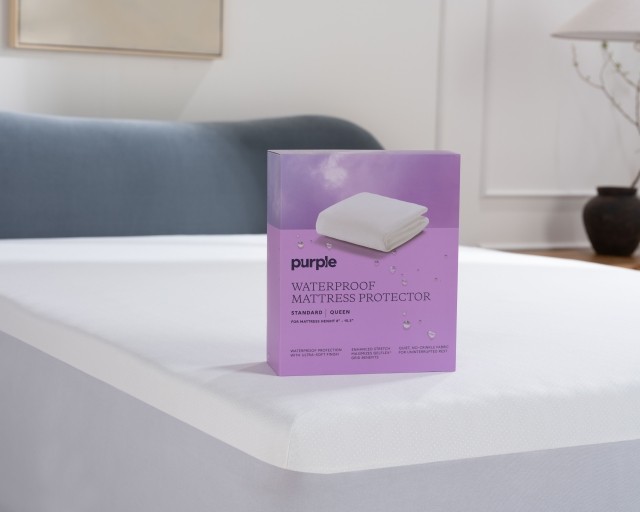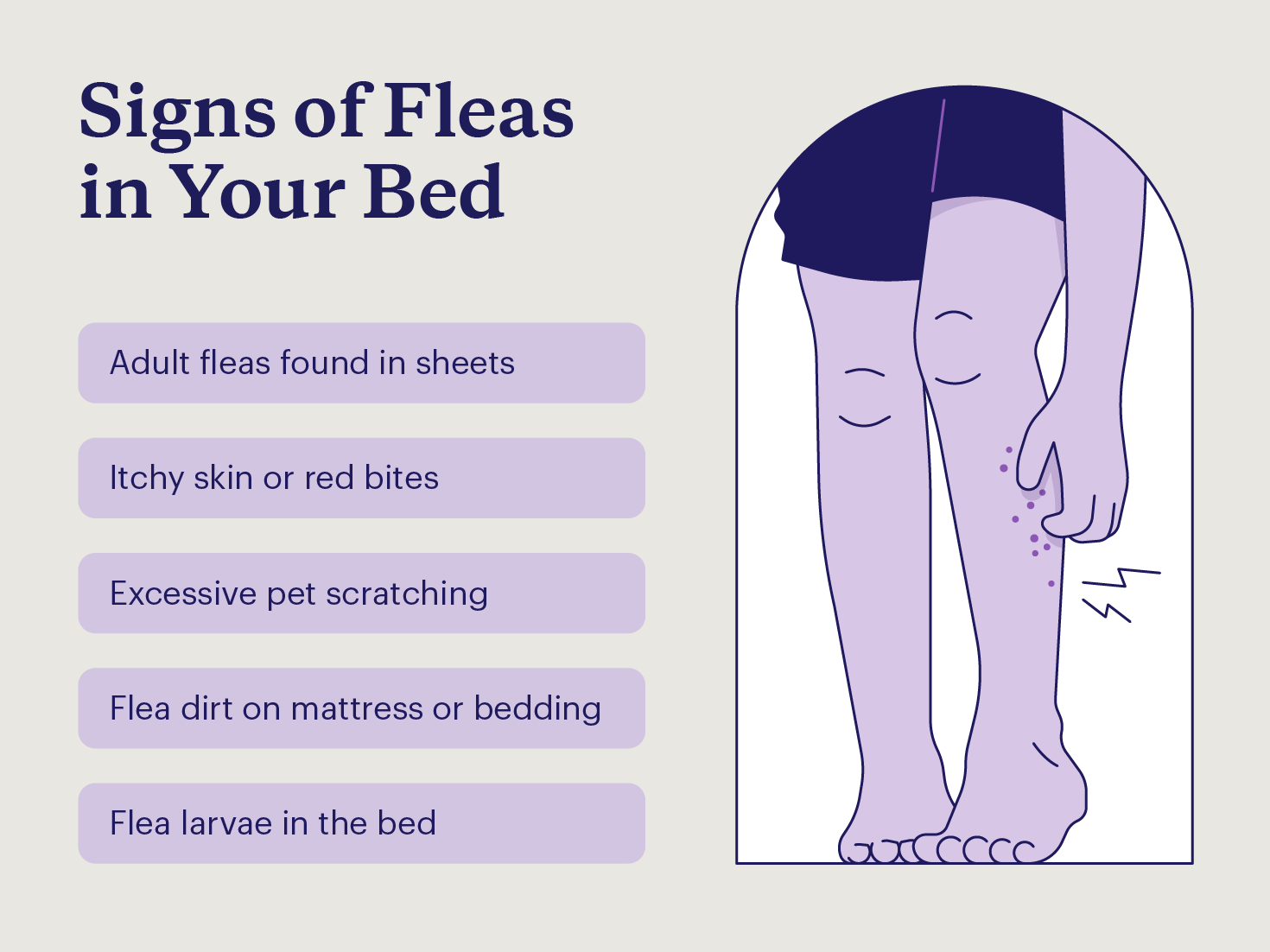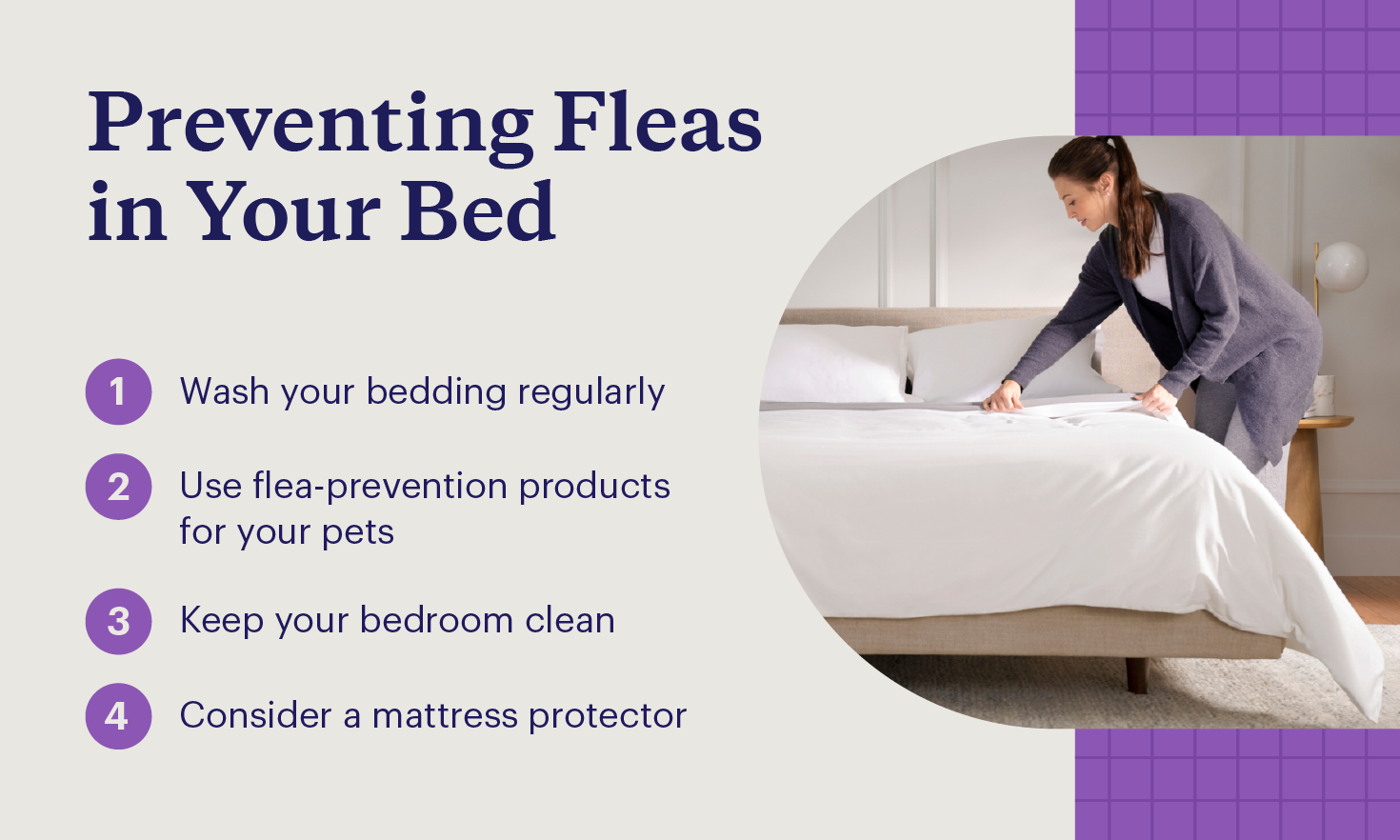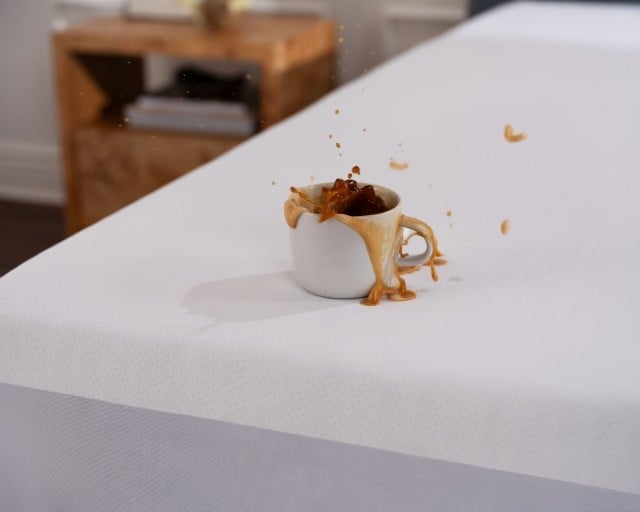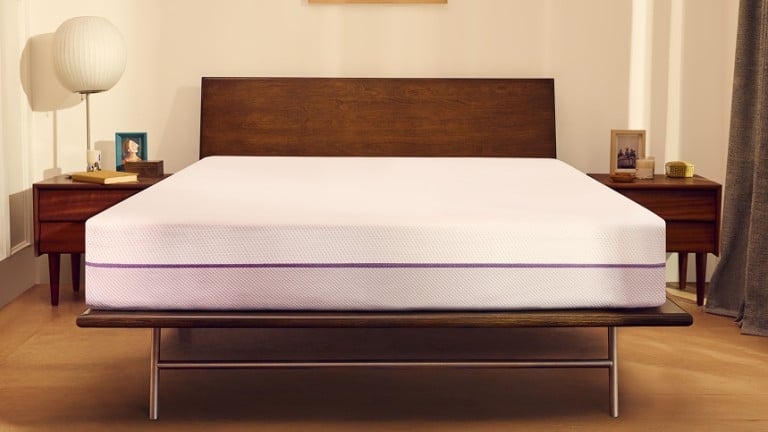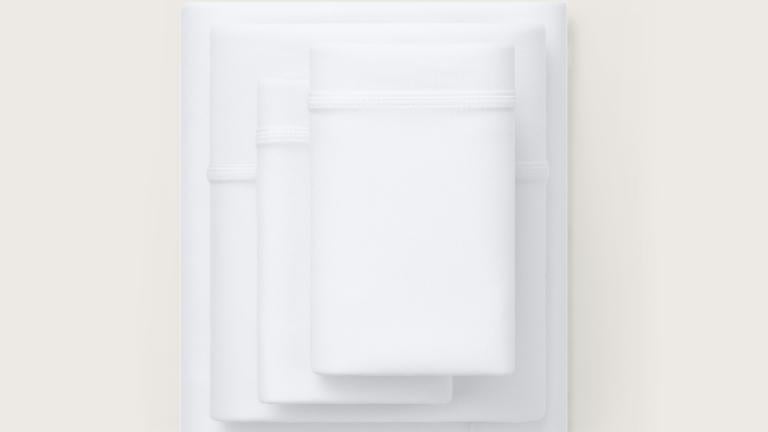
Signs of Fleas in Bed: How To Remedy + Prevent Fleas in Bed
Key Takeaways
- Fleas can leave irritating, itchy bites on humans and pets.
- Knowing how to identify the signs of fleas in bed can help you take action more quickly.
- You can help protect your mattress from fleas with a mattress protector.
- Frequently wash your bedding to remove fleas and prevent future infestations.
Waking up from a dream to find itchy bites on your body is more like a nightmare. Those itchy spots could be a sign of fleas in your bed. Fleas are tiny parasites that feed on blood from animals and humans, and something no one wants in their bed.
If you share the bed with your pet, like nearly half of Americans, or if you notice your pet scratching more than normal, it’s likely fleas are what’s bugging you. Fleas can make themselves comfortable even if you diligently clean your mattress.
But how do you know for sure if you have fleas in your bed? And, more importantly, how do you send them packing? Keep reading to learn the signs of fleas in bed and what steps you can take to get rid of them and keep them away.
6 Signs of Fleas in Your Bed
How do you know if you’ve got fleas in your bed? There are several signs to be aware of.
1. Adult Fleas on Bed
Fleas are tiny, dark bugs that appear long and narrow. This differentiates them from bed bugs, which are round and flat.
Even though fleas are tiny, they’re still big enough to be identified by the naked eye. You could find them on your sheets and pillow, crawling on your mattress, and even on your bedposts. While they can’t fly, they can jump, which means they can get around to all the parts of your bed, mattress, and bedding.
2. Flea Dirt on Bed Sheets
Flea dirt is a nicer way of describing the waste that fleas leave behind after they feed. Flea dirt looks like tiny, dark sprinkles, which you might see on your bedding and mattress.
You may initially think it’s just dirt from outside, but if you notice other signs of fleas in bed, it’s probably flea waste. You can sometimes spot flea dirt on your pet’s skin if you brush their fur or hair aside. Flea dirt is fairly easy to get rid of by washing your sheets.
3. Flea Larvae on Bed
Flea larvae refers to what emerges from flea eggs. Flea eggs on bed sheets are almost impossible to notice, but flea larvae resemble tiny worms that are practically clear, similar to maggots.
4. Red Flea Bites
If you haven’t seen fleas or other signs of fleas in your bed, red flea bites can also indicate you’ve got a flea infestation. These symptoms of fleas on humans look like red dots that are itchy and annoying.
They often appear in clusters on your lower extremities. For most people, these bites will be a minor inconvenience. But if you’re allergic to flea bites, you could experience other symptoms like swelling, rash, and other more severe allergic reactions like anaphylaxis.
5. Itchy Skin
Mysterious itchiness on your skin, particularly on your legs and feet could be another sign of fleas. Feeling an itch once or twice might be random, but you should check for other signs of fleas in your bed if it persists.
You might also see red flea bites, as mentioned above, which could be causing the itching. You may also experience the sensation of a flea crawling or jumping on your skin, which could cause an itch.
Once you’ve determined fleas are causing your itchiness, take action to get rid of them as soon as possible so your itchiness doesn’t lead to other issues.
6. Excessive Pet Scratching
You won’t be the only one feeling itchy if you have bed fleas. Your pet may scratch themselves more frequently or appear to be chewing on their skin where the flea bites are. Fleas can affect your pet’s entire body.
If you notice your dog or cat seems itchy, give them a quick examination so you can get them treatment as soon as possible.
How Fleas End Up in Your Bed
Fleas can end up in your bed in several ways, and they don’t just stick to the mattress. You can find them on your carpet, rugs, and other soft surfaces.
The most likely cause is your pets. Even if they’re usually indoors, they can pick up fleas while going outside to relieve themselves. If your pet sleeps in your bed or gets on the bed occasionally, any fleas on them can then transfer to the bed, where they’ll be looking for a new host in the form of you.
You can bring fleas into your home yourself if they come in on your clothing, especially if you’ve been somewhere that’s densely wooded. Objects like used furniture can also have flea infestations, so it’s good to inspect anything before bringing it inside or verifying that the new (to you) couch comes from a pet-free home.
How To Get Rid of Fleas in Beds
So you’ve got an infestation, and you’re wondering how to get rid of fleas in your bed. You can try some or all of these steps, depending on how severe your situation is:
- Wash your bedding in hot water. In addition to sheets and blankets, be sure to also wash your mattress protector.
- Vacuum. Vacuum the entire bedroom, including your mattress and any rugs. Pay close attention to crevices and other tight areas where fleas could hide. You may also want to consider a steam cleaner or carpet shampooer.
- Treat the mattress with flea spray or powder. Be sure to follow the instructions carefully regarding exposure to pets and humans, as some ingredients in these products contain harmful chemicals.
- Treat your pet. Try bathing them with a special flea shampoo or having them wear a flea collar. You can also consult your veterinarian about other medications and measures.
- Wash other soft items. This includes pillows and curtains.
- Get a new mattress. In extreme cases, you may want to dispose of your mattress and get a new one.
- Call a pest control agency. Again, this step may only be necessary in extreme cases, but an expert can ensure your flea problem goes away by using an insecticide and other methods.
Flea Prevention Strategies
Keeping your pets flea-free means your bed will also be flea-free. You can do this by giving them topical or oral flea prevention medicines, having them wear a flea collar, or bathing them using a special shampoo. Your vet will have other ideas for products you could try, but stick to whatever schedule the flea prevention product calls for so it's as effective as possible.
You can also decide to stop letting them sleep in your bed, but we know that might be difficult for both you and your furry friend. Other prevention strategies include:
- Regularly wash your bedding and blankets
- Disinfect your pillows
- Clean your bedroom
- Vacuum carpets
Additionally, investing in a mattress protector can help. The benefits of mattress protectors go far beyond preventing fleas from infesting your mattress.
Protect Your Sleep With Purple
You don’t want your sleep to suffer after you notice signs of fleas in bed. That’s why it’s important you take the steps we mentioned to get rid of fleas and prevent them in the future.
A Purple Waterproof Mattress Protector® can help protect a mattress from fleas, even if they’re in your bedding. It also prevents general wear and tear and can extend the lifespan of your mattress.
Because it's also waterproof, you’ll also be protected against spills and stains. Plus, it doesn’t make a noisy, rustling sound like other mattress protectors.
Protecting your mattress is one step to getting back to a good night’s sleep.
FAQ
How fleas appear on bedding will depend on what stage of their lifecycle they’re in. Adult fleas are tiny, black bugs that can’t fly but can hop around, and they leave behind flea dirt that looks like someone sprinkled pepper on your bedding. Flea larvae look like tiny, translucent worms.
The amount of time fleas can live on your bed depends on a few factors. To survive, a flea needs a host, which would be you and your pets. They can live for up to a year as long as they have a host. That’s why it’s so important to get rid of fleas immediately.
If fleas get on your bed, you should take immediate action to get rid of them so you and any pets you have don’t keep waking up with itchy red bites. Steps to take include washing your bedding and treating your pet if they also have fleas.
If fleas have infested your bed and mattress, start by removing and washing the bedding. Vacuum your mattress and look into flea-prevention products that can be sprinkled or sprayed on the mattress.
The easiest way to keep fleas off of you while you sleep is to maintain prevention techniques so fleas don’t get into your bed in the first place. Clean your bedroom and wash your bedding regularly. Have your pet wear a flea collar or administer topical or oral flea medication to them with guidance from your veterinarian.
More To Explore
Level up your sleep routine with our most-loved products.

